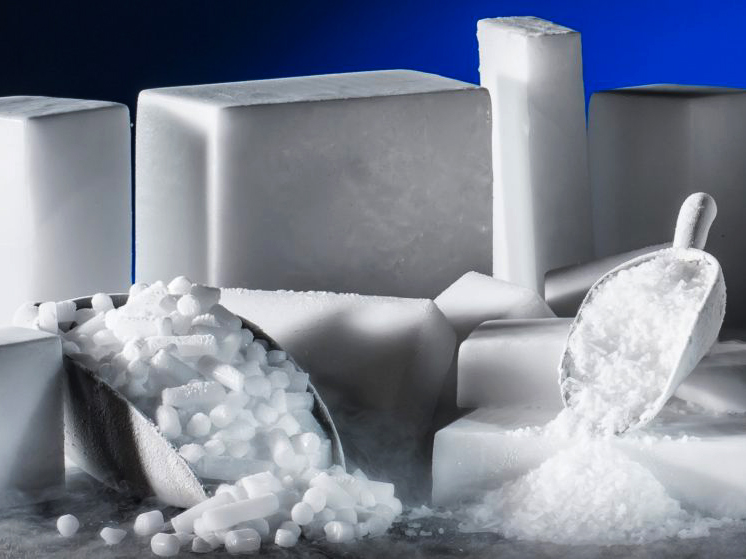
Benefits
What is dry ice?
Dry ice is frozen carbon dioxide. This naturally occurring gas when frozen at the extremely cold temperature of -109 degrees F. becomes solid. In it’s solid form it can be cut to various sizes and has many uses.
Benefits of our dry ice
Freezing: Using dry ice, five pounds lasts approximately 24 hours in a vented cooler.
Cooling: Put a small amount of dry ice in the bottom of a vented cooler, cover with wet ice and then pack your cooler.
Halloween and other Special Events: Always have plenty of dry ice on hand for Halloween and any special event. Dry ice is great for creating that special effect in a witch’s cauldron, carved or plastic pumpkin or creating that special effect for your party or event.
Camping, Hunting, Fishing and Boating: You can now enjoy the advantages of refrigeration with the convenience of dry ice. Dry ice from Arctic Dry Ice, Inc. is perfect for your every refrigeration need, whether you are camping, hunting, boating, fishing or for keeping your food cold at the beach. Whether your food needs to be kept refrigerated or frozen, dry ice can be used.
Power Failure and Defrosting Freezer: When the utilities fail, put your refrigerated items in a vented cooler with dry ice on the bottom. You can put newspaper or a piece of cardboard between the food and the dry ice, so your items do not freeze, just stay cold. For your frozen items, put them in a vented cooler with the dry ice on top of your items to keep them frozen. Make sure to keep your cooler in a well-ventilated area. When your power is back on and your food items have been returned to the refrigerator and freezer, let the dry ice sublimate in an open well ventilated area.
Facts You Should Know When Using Dry Ice
Dry ice is solidified carbon dioxide (CO2). Regular water ice exists at temperatures of 32F (0C) and below; dry ice is extremely cold, 109F (79C). Unlike water ice, dry ice does not melt. Instead it sublimates, changes directly from solid to gas, releasing C02. Carbon dioxide vapor is heavier than air and in confined, poorly ventilated spaces it can displace air, causing asphyxiation. It is possible for CO2 vapor to accumulate in low-lying areas, outside, under zero or very light wind conditions.
— USE CAUTION! Handle dry ice with care. ALWAYS — USE GLOVES when handling dry ice. Oven mitts or even a towel can also be used when handling dry ice. NEVER touch dry ice directly to skin as it can cause frost bite, burns and other injuries. Use in a well ventilated area as the release of carbon dioxide gas may cause difficulty breathing and can result in suffocation. Keep containers ventilated. If using a plastic cooler, leave lid cracked open and/or open the drain spigot.
Arctic Dry Ice, Inc. will not be liable for any direct, indirect, incidental, consequential, special, punitive, exemplary or other damages arising there from.